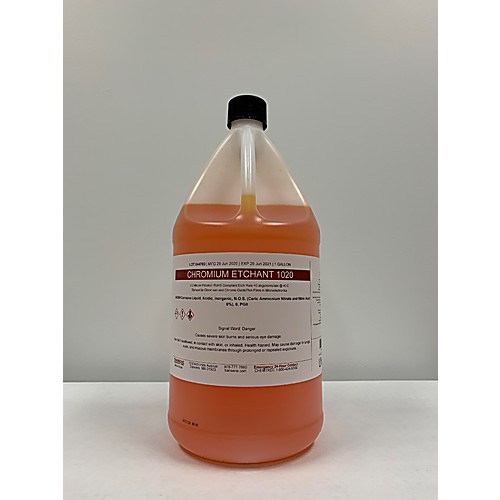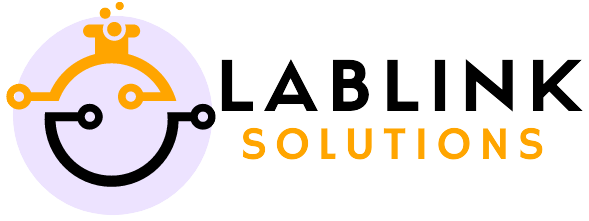Blog
Hexavalent Chromium: Health Risks, Industrial Applications
Hexavalent Chromium: Understanding Its Risks and Uses
Hexavalent chromium, also known as Chromium(VI), is a chemical compound with significant industrial applications but poses severe health risks. Found in various Manufacturing processes, hexavalent chromium is a potent carcinogen that requires careful handling and regulation. This article delves into the dangers associated with hexavalent chromium, its industrial uses, and the critical safety measures necessary to protect workers and the environment.
What is Hexavalent Chromium?
It is one of the most toxic forms of chromium, a naturally occurring element found in rocks, animals, plants, and soil. Unlike trivalent chromium, which is relatively harmless and even essential for human nutrition, It is highly toxic. It is a byproduct of various industrial processes, including electroplating, stainless steel production, and the manufacturing of pigments, dyes, and wood preservatives.
Industrial Applications of Hexavalent Chromium
Despite its toxicity, It is widely used in industries due to its unique properties. Some of the primary industrial applications include:
1. Electroplating
It is extensively used in electroplating to provide a shiny, corrosion-resistant finish to metal products. The process involves coating a thin layer of chromium onto metals like steel, aluminum, and copper, which enhances durability and resistance to wear and tear.
2. Manufacturing of Pigments and Dyes
Hexavalent chromium is a key component in producing pigments and dyes, particularly in the textile, paint, and printing industries. These pigments provide vibrant colors and are resistant to fading, making them ideal for various applications.
3. Stainless Steel Production
In stainless steel manufacturing, hexavalent chromium is used to increase the metal’s hardness and resistance to corrosion. It helps create a protective layer on the surface of stainless steel, ensuring longevity and durability.
4. Wood Preservation
Hexavalent chromium compounds are used in wood preservatives to prevent decay and insect damage. The chemical protects wood structures like utility poles, railroad ties, and outdoor decks from environmental degradation.
Health Risks Associated with Hexavalent Chromium
The exposure to hexavalent chromium poses serious health risks, particularly for workers in industries where this compound is prevalent. The following are some of the critical health hazards:
1. Carcinogenic Effects
Hexavalent chromium is classified as a Group 1 carcinogen by the International Agency for Research on Cancer (IARC). Prolonged exposure can lead to lung cancer, particularly in workers involved in electroplating, welding, and chrome production.
2. Respiratory Problems
Inhalation of hexavalent chromium dust or fumes can cause severe respiratory issues, including asthma, bronchitis, and nasal septum perforation. Workers may experience symptoms like shortness of breath, wheezing, and chronic coughing.
3. Skin Irritation and Ulceration
Direct contact with hexavalent chromium can result in skin irritation, rashes, and ulcers. This compound is known to cause allergic reactions and dermatitis, making it essential to use protective clothing and equipment.
4. Kidney and Liver Damage
Prolonged exposure to hexavalent chromium can lead to kidney and liver damage. The compound is absorbed into the bloodstream and can accumulate in these organs, causing severe health complications over time.

Safety Measures for Handling Hexavalent Chromium
Given the significant health risks associated with hexavalent chromium, stringent safety measures must be in place to protect workers and minimize environmental impact. Here are some essential safety practices:
1. Personal Protective Equipment (PPE)
Workers handling it must wear appropriate PPE, including gloves, masks, goggles, and protective clothing. This gear helps prevent skin contact, inhalation, and ingestion of the toxic compound.
2. Ventilation Systems
Industries using it should install effective ventilation systems to reduce airborne concentrations of the chemical. Local exhaust ventilation, for instance, can capture and remove harmful fumes and dust at the source.
3. Regular Health Monitoring
Regular medical check-ups are crucial for workers exposed to it. Monitoring lung function, kidney function, and skin health can help detect early signs of exposure-related health issues and prompt timely intervention.
4. Safe Disposal Practices
Proper disposal of it waste is essential to prevent environmental contamination. Industries should follow local regulations for hazardous waste management, including using sealed containers and licensed disposal facilities.
5. Training and Education
Educating workers about the risks of hexavalent chromium and the importance of safety measures is vital. Regular training sessions can ensure that all employees are aware of the dangers and know how to protect themselves effectively.
Environmental Impact of Hexavalent Chromium
It is not only harmful to human health but also poses a significant threat to the environment. When released into the air, water, or soil, this compound can contaminate natural resources and affect ecosystems. For instance, It in water sources can be toxic to aquatic life, leading to bioaccumulation in the food chain and affecting entire ecosystems.
Regulatory Standards and Guidelines
Due to the severe risks associated with it, several regulatory agencies have established strict guidelines to control its use and exposure. In the United States, the Occupational Safety and Health Administration (OSHA) has set permissible exposure limits (PELs) for It in the workplace. Additionally, the Environmental Protection Agency (EPA) regulates the discharge of hexavalent chromium into the environment, ensuring industries adhere to safe practices.
Conclusion
It is a powerful industrial compound with significant applications but comes with considerable health and environmental risks. Understanding these dangers and implementing stringent safety measures are crucial for protecting workers and minimizing the compound’s impact on the environment. By adhering to regulatory guidelines and promoting awareness, industries can continue to benefit from hexavalent chromium while safeguarding public health.
FAQs on Hexavalent Chromium
1. What does hexavalent chromium do to humans?
It is highly toxic to humans, causing a range of serious health issues. Prolonged exposure can lead to lung cancer, as the compound is a known carcinogen. Inhalation of It dust or fumes can cause respiratory problems such as asthma, bronchitis, and nasal septum perforation. Skin contact with it can result in irritation, rashes, and ulcers, and it can also lead to allergic reactions. Additionally, long-term exposure can damage the kidneys and liver.
2. Is hexavalent chromium still used today?
Yes, it is still used in various industries today, despite its known health risks. It is particularly valued for its ability to provide corrosion resistance, durability, and a shiny finish to metal products. Industries such as electroplating, stainless steel production, pigment and dye manufacturing, and wood preservation continue to use it due to its unique properties. However, its use is highly regulated, and industries must follow strict safety guidelines to minimize exposure and environmental impact.
3. What products is hexavalent chromium commonly found in?
Hexavalent chromium is commonly found in several industrial products and applications, including:
- Electroplated products: Metal objects such as car parts, tools, and hardware often have a layer of it to enhance their appearance and resistance to corrosion.
- Stainless steel: It is used in the production of stainless steel to improve hardness and corrosion resistance.
- Pigments and dyes: It is used in the manufacturing of pigments and dyes, particularly in the textile, paint, and printing industries.
- Wood preservatives: The compound is also found in wood preservatives used to protect wooden structures from decay and insect damage.
4. Why is hexavalent chromium banned?
It is banned or heavily restricted in many countries and regions due to its severe health and environmental risks. It is classified as a carcinogen, and exposure can lead to serious conditions like lung cancer, respiratory issues, and skin ulcers. Additionally, It poses significant environmental hazards, contaminating soil, water, and air, which can harm ecosystems and enter the food chain. Regulations and bans aim to reduce exposure to this toxic compound, protect public health, and prevent environmental contamination.
